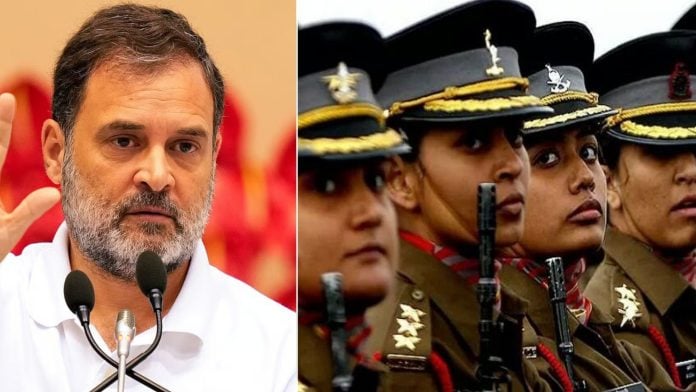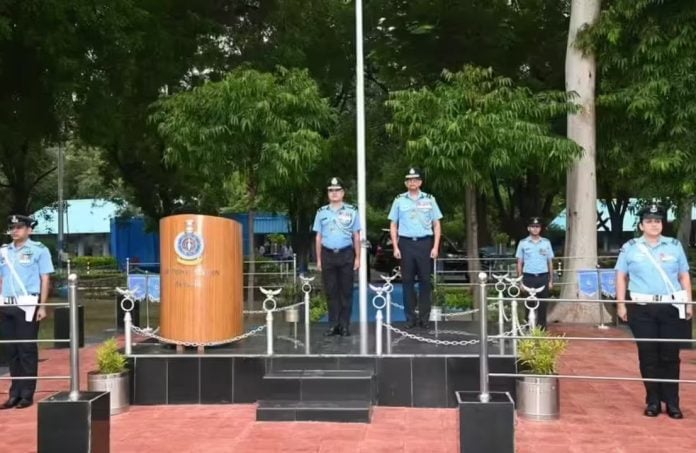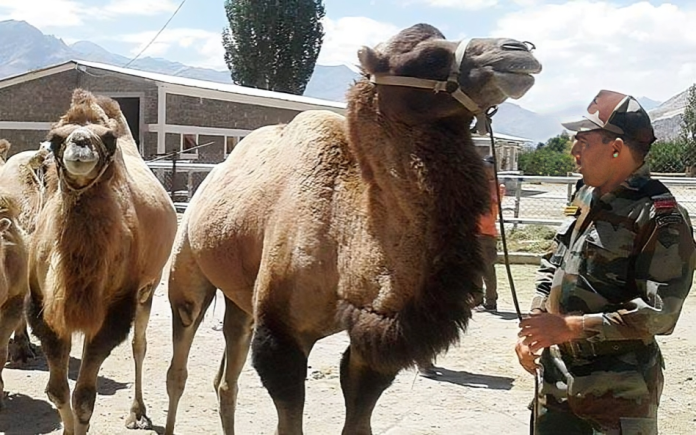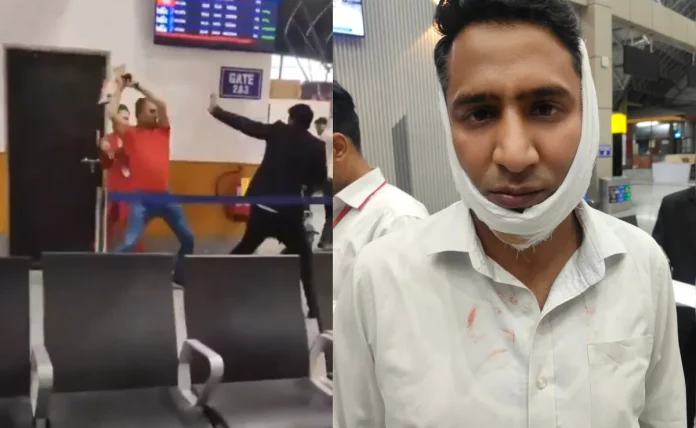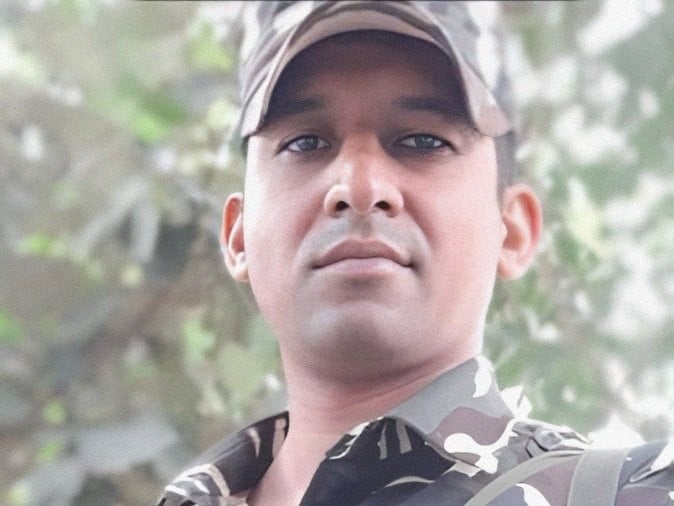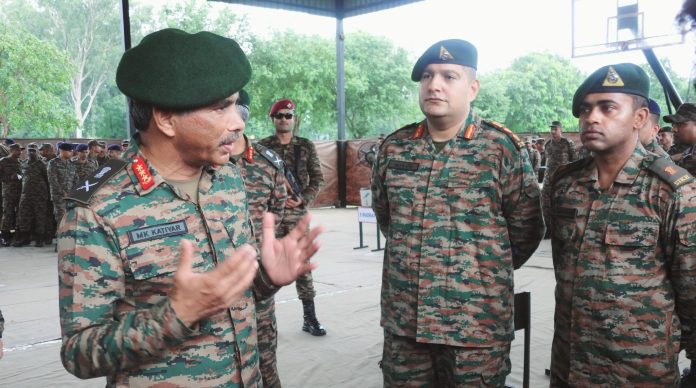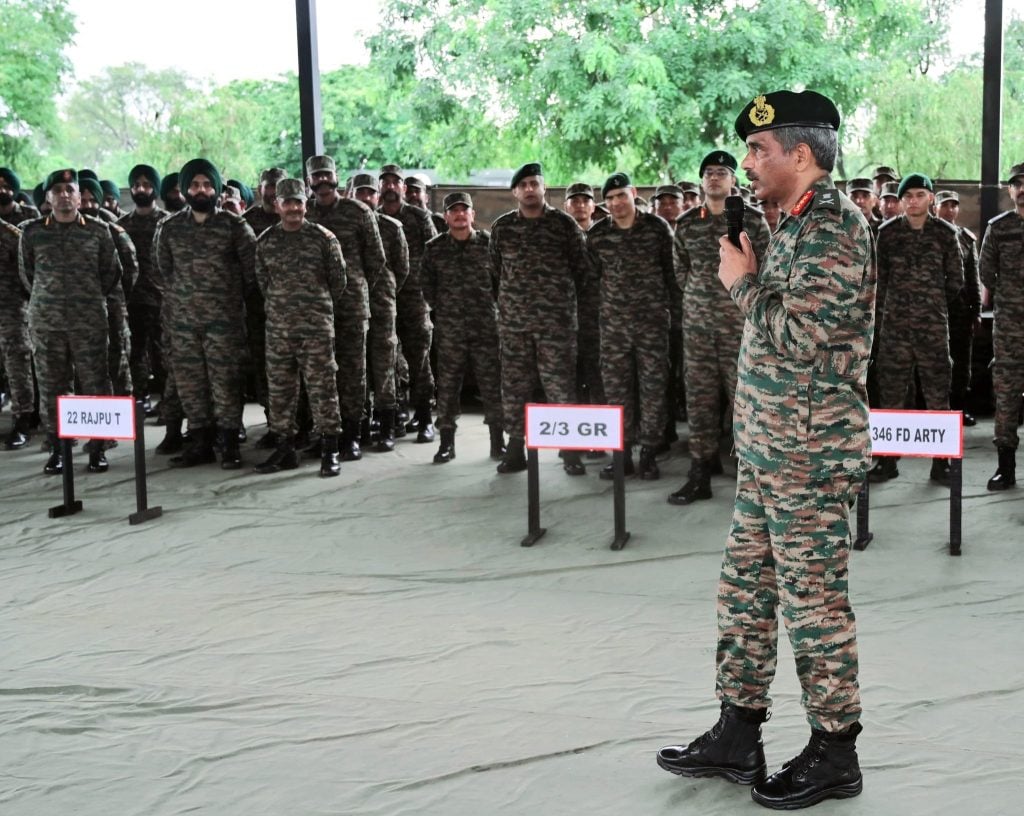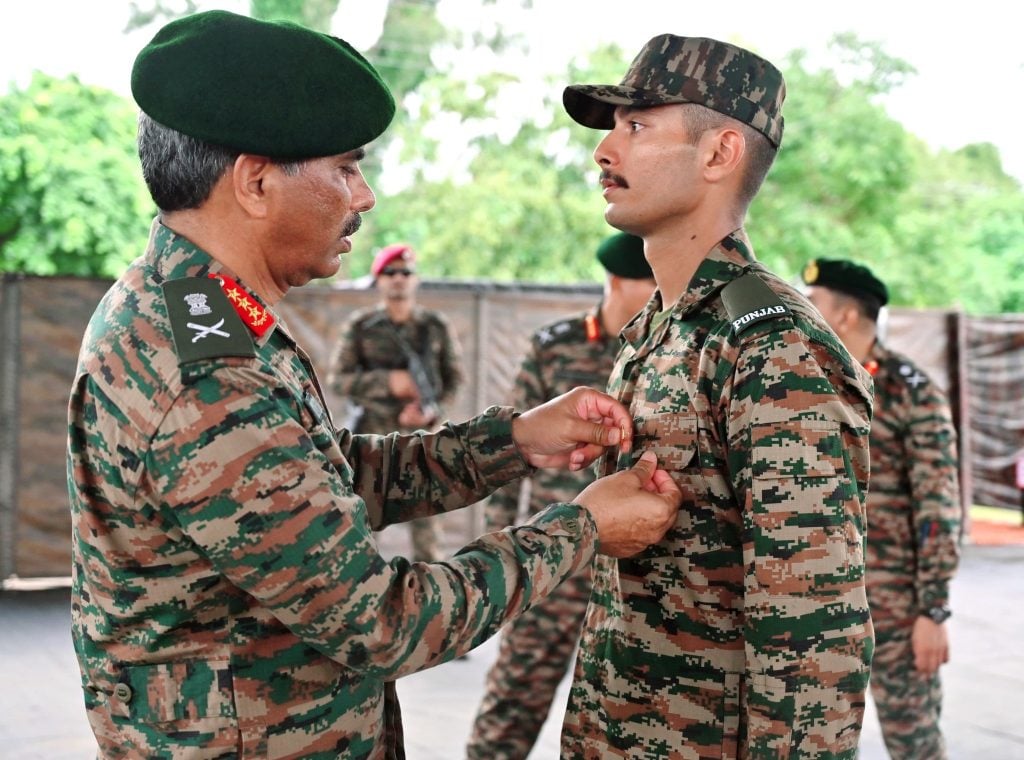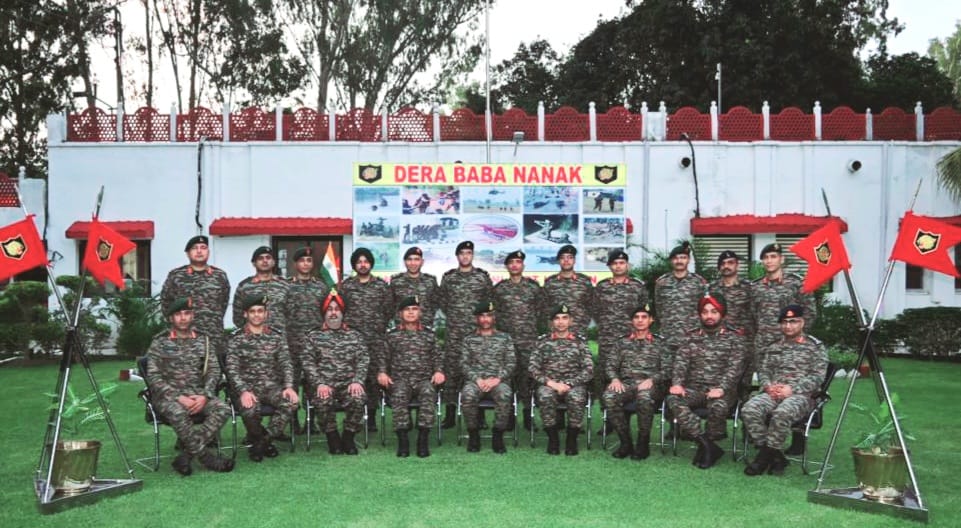The Supreme Court on Monday stayed criminal defamation proceedings against Congress leader Rahul Gandhi but pulled him up over his controversial remarks on the Indian Army made during the Bharat Jodo Yatra in December 2022. The court observed that “a true Indian will not say all this” and questioned Gandhi’s choice of forum and tone while commenting on matters of national security.
A bench comprising Justices Dipankar Datta and Augustine George Masih expressed disapproval of Gandhi’s statements, including claims that the Chinese Army had captured 2,000 square kilometres of Indian territory, killed 20 soldiers, and thrashed Indian jawans in Arunachal Pradesh. The remarks were made during a press interaction on December 9, 2022, in reference to the Yangtse sector clash in Arunachal.
The court was hearing Gandhi’s challenge to a May 29 order by the Allahabad High Court, which had refused to quash a trial court’s February 11 summons in the defamation case. The complainant, Uday Shankar Srivastava, a retired Border Roads Organisation director, alleged that Gandhi’s statements were not only factually incorrect but also demoralising for the armed forces and damaging to national unity.
Senior advocate Abhishek Manu Singhvi, appearing for Gandhi, argued that the Congress leader was exercising his right to free speech under Article 19(1)(a) and that such remarks were intended to push for greater media scrutiny of sensitive border issues. The court, however, pointed out that such statements should ideally be made in Parliament, not via media or social platforms.
“Why do you say this in the media? Were you there? How do you know these details?” the bench asked, while also agreeing to examine legal issues regarding whether Gandhi was denied a hearing by the lower court, and whether the complainant qualifies as an “aggrieved person” under defamation laws.
Senior advocate Gaurav Bhatia, representing the complainant, opposed the stay and supported the trial court’s decision. The Supreme Court said it would hear the matter in detail after three weeks.
The case continues to draw attention due to its implications on the balance between free speech and responsible public discourse by elected representatives on matters related to the armed forces and national security.

